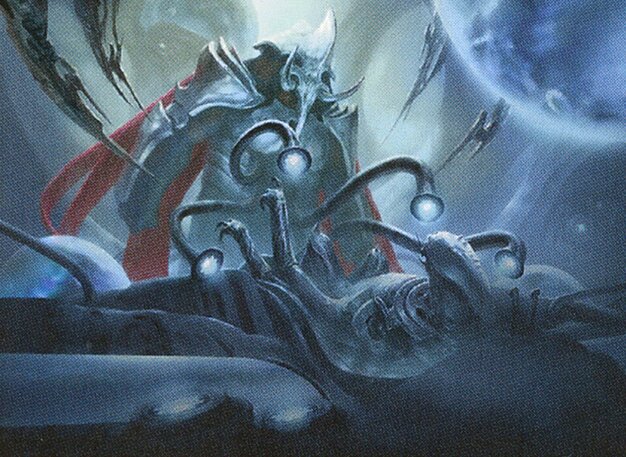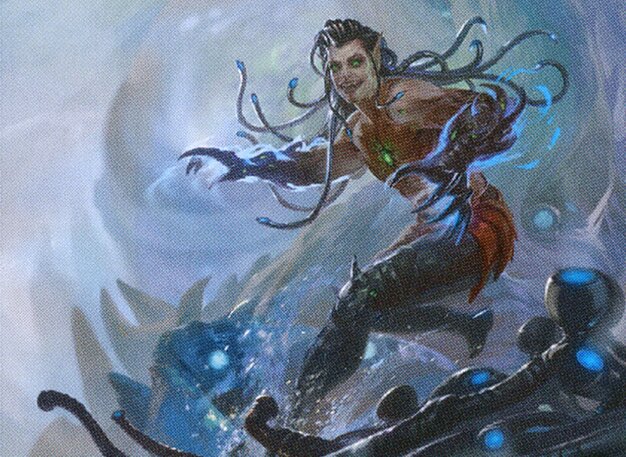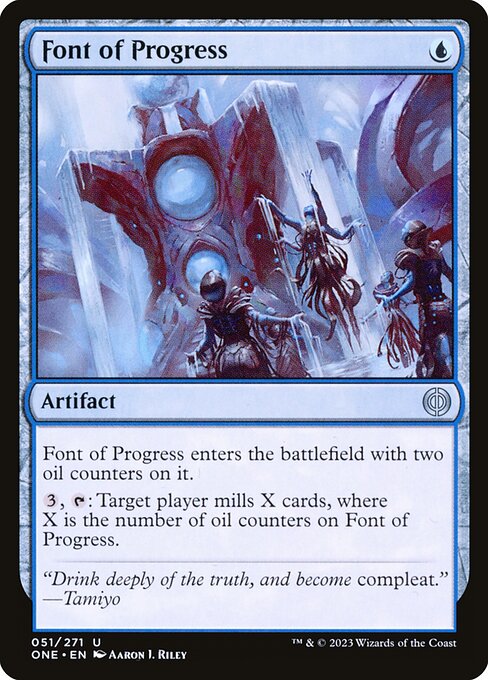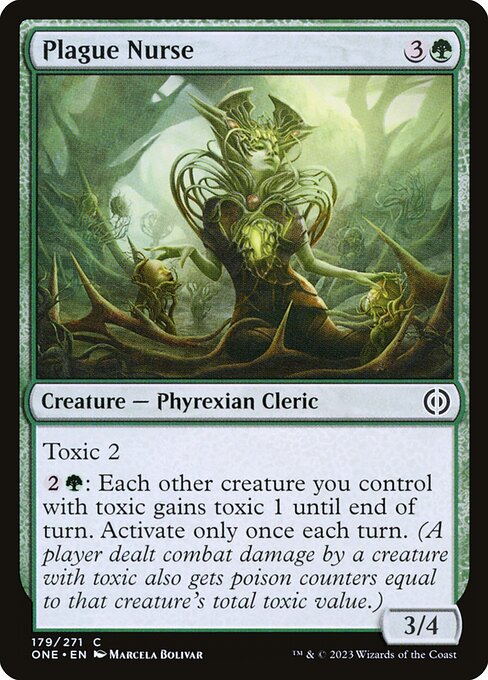Deck & Commander Strategies

Malcator, Purity Overseer
Focuses on artifact and token synergy, aiming to create multiple golem tokens and capitalize on artifact-based board presence.

Melira, the Living Cure
Utilizes poison counters and sacrifice mechanics to protect creatures and spread toxic counters, aiming to win via poison damage or attrition.

Jor Kadeen, First Goldwarden
Equipment-based aggressive Boros deck focusing on boosting creatures and drawing cards through combat damage, though this particular build lacked equipment.

Ezuri, Stalker of Spheres
Proliferate-focused deck that leverages counters on creatures and artifacts, drawing cards and escalating board threats through repeated proliferation.
Gameplay Insights
- 1
The house rule reducing all spell costs to one generic mana allowed for rapid deployment and interaction, speeding up the game significantly.
- 2
Tapping down an opposing commander with an enchantment that also proliferated poison counters was a pivotal play, effectively muting a major threat while advancing a poison win condition.
- 3
Players leveraged toxic counters and proliferate mechanics to pressure opponents incrementally rather than relying on large combat swings.
- 4
Blocking decisions were crucial given the toxic counters and buffs, with some creatures gaining first strike and other combat abilities to maximize damage and survivability.
- 5
The synergy between creatures granting toxic counters and those that benefit from toxic creatures attacking created a layered board state demanding careful response.
Notable Cards
-

Font of Progress
-

Adaptive Automaton
-

Plague Nurse
-

Distorted Curiosity
-

Slaughter Singer
Gameplay Summary
The game began with each player deploying their respective budget decks under a unique house rule that made all spells cost only one generic mana, drastically speeding up gameplay and enabling quick board development.
Early turns featured conventional mana ramp and creature deployment, with players focusing on establishing board presence.
Toxic counters and proliferate mechanics quickly became central themes, especially with commanders like Melira, the Living Cure and Ezuri, Stalker of Spheres, influencing the flow by generating and manipulating poison counters and proliferating them to pressure opponents.
Key combat interactions revolved around creatures with toxic abilities and synergistic buffs, leading to multiple trades and incremental damage. A turning point occurred when a player successfully tapped down a strong opposing commander with an enchantment that also proliferated poison counters, temporarily neutralizing a significant threat while advancing their own poison strategy.
The board state grew increasingly complex with multiple creatures gaining toxic counters and buffs, forcing players to make tactical blocks and trades to survive.
The synergy of proliferate and toxic counters set up a slow but steady win condition revolving around poison damage rather than outright creature combat or combo finishes.
Players used artifact and creature abilities to maintain pressure, with the game heavily shaped by the forced low-cost casting environment accelerating key plays and interactions.



























